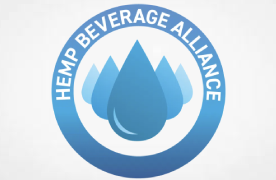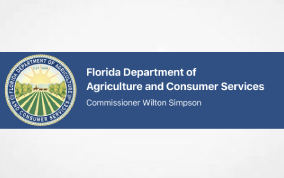Some things in life are simply no-brainers, not only because the justification for doing them is so immediately obvious, but further, because the justification for not doing them is so obviously absent. The filing of “protective” claims for refund as a hedge against the draconian provisions that govern the federal taxation of cannabis, and particularly for marijuana, is one of those things properly placed at the top of the no-brainer list. Why? Read on.
Consider the following:
- There is a strong likelihood of a legislative, administrative, or judicial change in the federal taxation of cannabis (and of marijuana especially) within the next 2-5 years (probably closer to 2 than to 5), whether focused on IRC §280E, the Controlled Substances Act, the determination of Cost of Goods Sold (“COGS”), or otherwise.
- The likelihood is small at best that any such change would be applicable to “closed” tax years (generally, tax years are “closed” 3 years after the due date for the filing of the tax return, which means that all tax years before 2017 are probably already closed, and depending upon when the 2017 return was filed, it would likely only be “open” until 9/15/21). As long as a tax year is “open”, it can be kept that way for a minimum of 2 years and a maximum of at least 6 years by the simple expedient of filing a claim for refund. That claim for refund is called “protective” (sometimes called “contingent”) because it preserves arguments of non-taxability in the event that the applicable taxing provisions change. Only issues raised in the claim for refund are preserved, and any or all of the preserved issues can be abandoned at any time. Some potential issues:
- §280E constitutionality
- Deductibility of separate business expenses
- Accelerated depreciation
- Allocation of expenses under Treas. Reg. §1.471
- Components of COGS & application of §§263A & 471
- Work in progress inventory
- 2014 & 2018 Farm Bill
- R&D expenditures & credits
- §199A (Qualified Business Deduction of 20% of income by eligible pass-through entities)
- Deferral of capital gains until 2026 under §1400Z (Qualified Opportunity Zones)
- Penalty issues
- Etc.
- The effective tax rate resulting from the applicable federal taxing provisions can exceed 90%, resulting in considerable dollars at stake that could be “protected” by a claim for refund.
- The cost of doing a basic protective claim for refund is in the range of several thousand dollars, and a bit more depending upon the number and complexity of the issues raised. That cost pales in comparison to the possible refund that a protective claim for refund could produce.
At a bottom line, a protective claim for refund is an insurance policy at a remarkably low bargain price. I first wrote about this “no-brainer” in a 2017 article, which I believe was one of the first on this topic, entitled “Hedging One’s Bets Makes Sense and Can Save a Fortune in the Cannabis Tax Arena” (see: https://newfrontierdata.com/cannabis-insights/hedging-ones-bets-makes-sense-can-save-fortune-cannabis-tax-arena/). Recent developments have made it even more attractive — for example, the basis for the argument of unconstitutionality of §280E has recently and ably been outlined by the judiciary in three dissenting opinions to a 2019 Tax Court decision (For a summary, see: https://www.gmlaw.com/news/three-tax-court-judges-find-section-280e-unconstitutional/). And even though there are decisions in the 9th and 10th Federal Circuits upholding the constitutionality of §280E, in March of this year I filed a case in Tax Court that is governed by the law of the 7th Federal Circuit, which has yet to address these constitutional challenges.
Consider what you may lose by not filing a protective claim. And finally, a word of caution: the requirements of a protective claim for refund can be quite technical. It is not a DIY. Have it prepared by a qualified tax professional who is knowledgeable in cannabis taxation, who is keenly aware of the requirements of a properly drafted claim, who understands and has litigated numerous times the principles of “variance” and the applicable statutes of limitations as they apply to these kinds of claims, and who is fully familiar with the IRS’s processing procedure and internal handling of these kinds of claims, like …
















